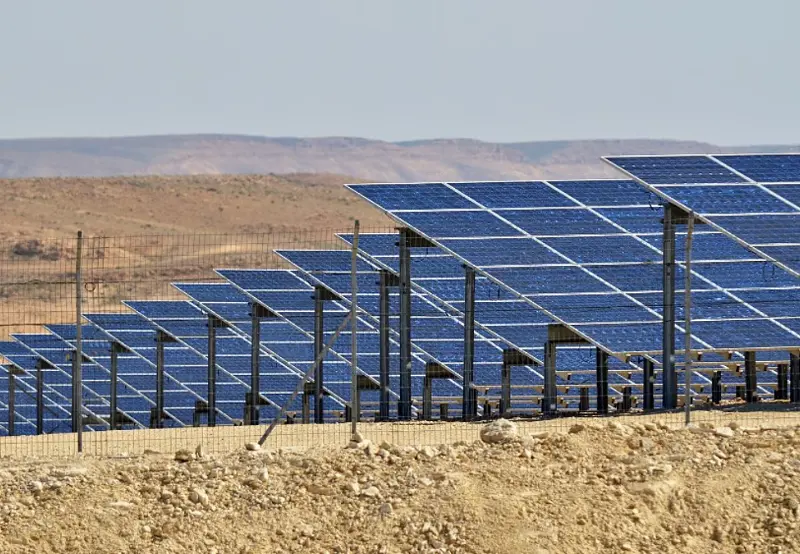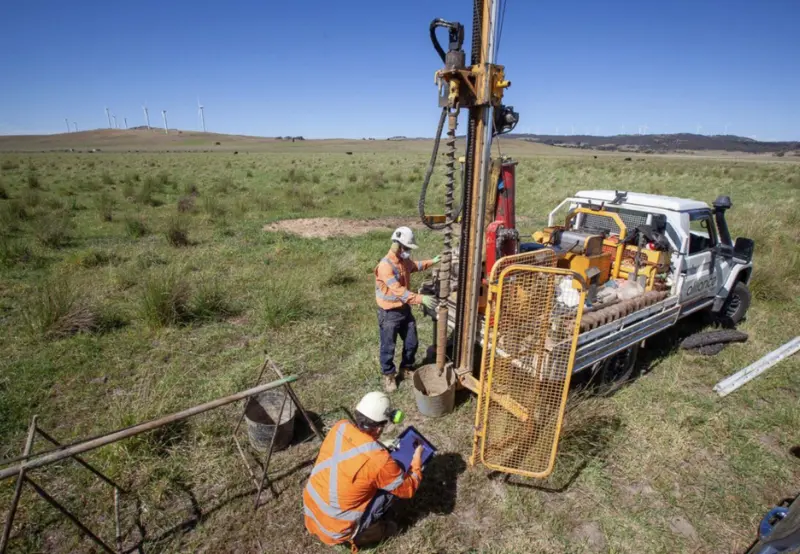European Renewables Boost is accelerating as the U.S. “Big Beautiful Bill” re-opens wind project incentives—discover 7 powerful reasons this surge is reshaping clean energy in Europe and beyond.
Table of Contents
- Introduction
- What Is the European Renewables Boost?
- 1. Re-energising Wind Power Investments
- 2. Share-Price Uplift for Key Players
- 3. Strengthening EU Climate Targets
- 4. Spill-Over to Solar and Storage
- 5. Job Creation and Economic Growth
- 6. Encouraging Technological Innovation
- 7. Boosting Energy Security
- Conclusion
- Internal Resources
Introduction
European Renewables Boost is no mere buzzphrase—it encapsulates a transformative moment for Europe’s clean-tech sector. With the recent passage of the U.S. Senate’s revamped “Big Beautiful Bill,” eligibility for wind projects beginning construction in the next year has been reinstated. This legislative tweak has rippled across the Atlantic, driving share-price gains of 1–12% for European stalwarts such as Vestas, Nordex, Ørsted and RWE, and signalling renewed investor confidence. In this deep-dive, we unpack seven powerful reasons why this surge is set to redefine Europe’s energy landscape.
What Is the European Renewables Boost?
The term European Renewables Boost refers to the rapid uptick in investment, policy support and market momentum for renewable-energy projects across the European Union and neighbouring countries. Although driven by a mix of EU-level targets, national incentives and private-sector ambition, the catalyst in June 2025 was the U.S. Senate’s amendment to the “Big Beautiful Bill,” re-opening lucrative tax credits for wind developments that commence construction before mid-2026. By guaranteeing long-term financial incentives, developers and investors now have the certainty needed to push ahead with large-scale wind farms and associated infrastructure.
1. Re-energising Wind Power Investments
At the core of the European Renewables Boost is wind energy. Europe boasts some of the world’s most advanced wind markets—from the North Sea’s offshore giants to onshore arrays spanning the Iberian Peninsula. The reinstatement of U.S. tax credits has effectively lowered the cost of capital for European firms, since many rely on global financing structures. With construction kick-offs scheduled to meet the eligibility deadline, a wave of new projects is being green-lit, injecting billions into turbine manufacturing, port upgrades and grid connections.
2. Share-Price Uplift for Key Players
Investors react swiftly to policy clarity. On the trading floor, European Renewables Boost was reflected in share movements:
- Vestas (Denmark) gained over 5% in a single session
- Nordex (Germany) saw an 8% uptick
- Ørsted (Denmark) climbed 1.5%
- RWE (Germany) rallied nearly 12%
These gains ease fears of an abrupt “policy cliff” and demonstrate that international incentives can directly benefit European clean-tech giants.
3. Strengthening EU Climate Targets
Europe has committed to at least 55% greenhouse-gas reduction by 2030 versus 1990 levels. The European Renewables Boost accelerates progress towards this goal by catalysing the deployment of new wind capacity. Each additional gigawatt of wind power displaces coal or gas generation, cutting millions of tonnes of CO₂ annually. Governments from Madrid to Warsaw now have fresh impetus—and public support—to tighten emissions standards and phase out fossil subsidie
4. Spill-Over to Solar and Storage
While wind leads the charge, the European Renewables Boost has a spill-over effect on solar PV and energy-storage systems. Lowered financing costs for renewables improve the economics of co-located solar farms and battery projects. In markets like Spain and Italy—where sunshine is abundant—developers are bundling wind, solar and storage into hybrid parks, enhancing grid resilience and maximising utilisation of transmission assets.
5. Job Creation and Economic Growth
A surge in project activity translates directly into job creation across manufacturing, construction, logistics and operations. Estimates suggest that every €1 billion investment in renewables generates approximately 8,000 full-time-equivalent jobs in Europe. The European Renewables Boost is therefore not only an environmental triumph but also an economic lifeline for regions recovering from pandemic-induced slowdowns.
6. Encouraging Technological Innovation
Innovation thrives under demand. The renewed pipeline of wind projects is spurring R&D in next-generation turbines (taller towers, larger rotors), advanced forecasting software and digital-twin modelling. Start-ups specialising in floating offshore platforms and innovative foundation designs are securing venture capital, while established players are forging partnerships with universities to refine blade materials and predictive maintenance algorithms.
7. Boosting Energy Security
Europe remains vulnerable to geopolitical disruptions in fossil-fuel supplies. Diversifying the energy mix with home-grown wind and solar reduces reliance on imported gas and oil. The European Renewables Boost strengthens grid independence, with smart‐grid upgrades and interconnector projects ensuring that wind-rich regions can export excess clean power to neighbours during low-generation periods.
Conclusion
The European Renewables Boost is a multifaceted phenomenon: it’s the product of bold U.S. policy tweaks, Europe’s ambitious climate goals and private-sector agility. From share-price gains to job creation, and from technological breakthroughs to enhanced energy security, the benefits are both wide-ranging and profound. As we look ahead, these seven powerful drivers underscore why Europe is poised to remain at the forefront of the global clean-energy transition.
Internal Resources
- Learn more about wind energy innovations: Wind Energy Innovations
- Explore Europe’s solar potential: Solar Horizons
- How energy storage is reshaping grids: Grid Storage Insights





